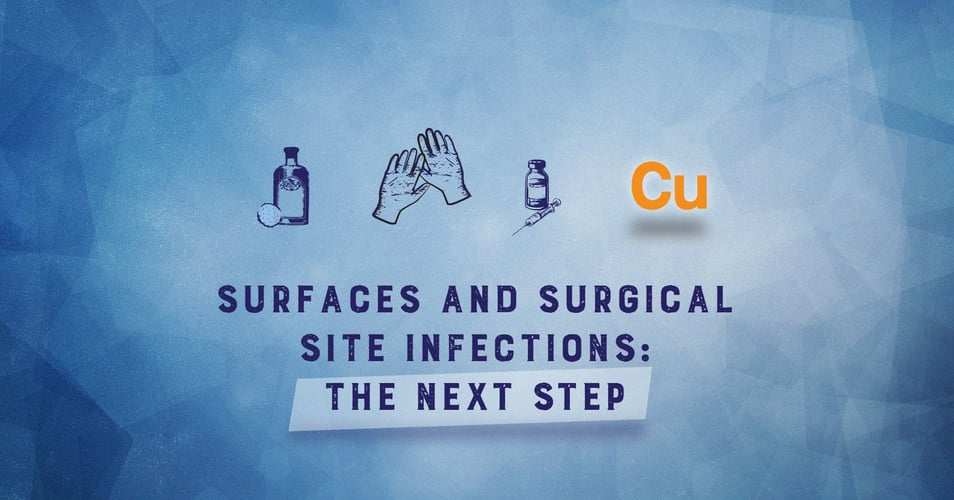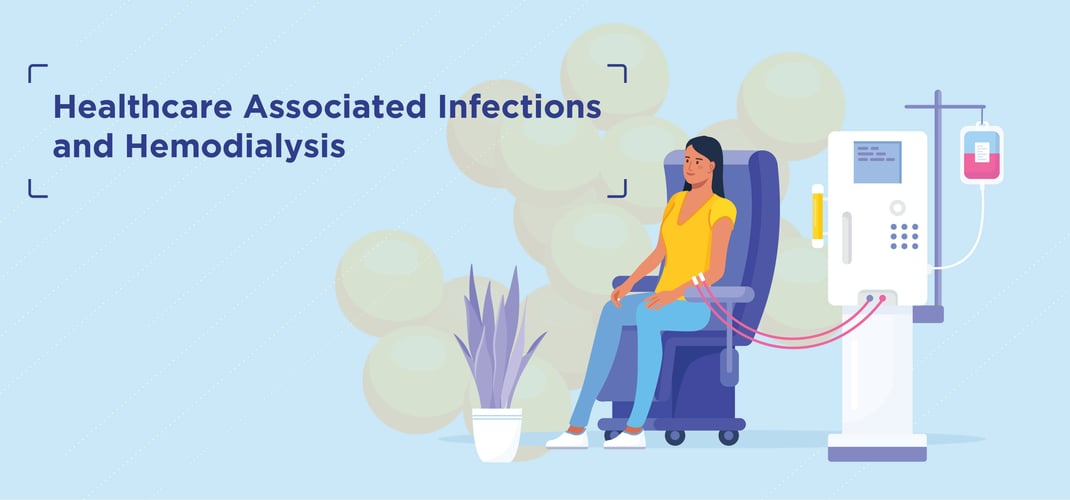

Healthcare interior design plays an important but often unacknowledged role in infection control and prevention, especially in hospitals where vulnerable patients are at higher risk of infections. Every material choice, layout, and feature impacts the ability to maintain a clean and sanitized environment, reduce the spread of pathogens, and protect both patients and staff. Here’s a breakdown of infection-control-focused design considerations for each critical area within a healthcare facility, from reception areas to patient rooms and nurse stations.
1. Reception and Waiting Rooms
- Antimicrobial and Easy-to-Clean Materials: Select materials for seating, tables, and countertops that are non-porous, durable, and able to withstand frequent disinfection. Using materials with antimicrobial properties, such as copper-infused surfaces, can reduce bacterial presence and lower infection risks.
- Safe, Efficient Layouts for Distancing: Design seating arrangements that allow physical distancing, reducing the likelihood of transmission in crowded areas. Use furniture configurations and partitions to create spacing that keeps patients apart safely.
- Hand Hygiene Accessibility: Place hand sanitizer dispensers at entrances, exits, and waiting areas to encourage hand hygiene among patients, staff, and visitors as they enter and leave the space.
- Minimizing Touchpoints: Automatic doors and touch-free check-in kiosks help reduce surface contact, limiting the potential for germ spread on frequently-touched surfaces.
2. Patient Rooms
- Infection-Resistant Surfaces: High-touch surfaces in patient rooms, such as bed rails, overbed tables, and tray tables, should be made from biocidal materials like copper-infused surfaces, which have self-sanitizing properties that continuously reduce bioburden.
- Seamless, Non-Porous Flooring and Wall Finishes: Use flooring and wall coverings that are easy to clean and disinfect without seams where germs can accumulate. Non-porous, sealed materials prevent pathogen infiltration and withstand rigorous cleaning protocols.
- Hand Hygiene Stations: Install hand sanitizer dispensers by the doorway and within reach of the patient’s bed to encourage frequent use by patients, visitors, and staff before and after any interaction, reducing cross-contamination risks.
- Reduced Clutter: Opt for streamlined furniture and eliminate unnecessary decor to simplify cleaning and minimize surfaces where dust and pathogens could accumulate.
3. Hallways
- Resilient, Non-Slip Flooring: Hallways see continuous foot traffic, often by healthcare staff moving between patient rooms. Choose non-slip, non-porous flooring that is both durable and easy to sanitize, minimizing slip hazards and supporting cleaning efficiency.
- Easy-to-Clean Wall Surfaces: Use durable, scuff-resistant paint or wall coverings that are easy to wipe down, especially in high-contact areas. Rounded corners and seamless transitions reduce dirt buildup and make disinfecting more effective.
- Hand Hygiene Stations Along Pathways: Placing hand sanitizer stations strategically along hallways encourages routine hand hygiene among staff moving through the facility and aids in interrupting pathogen spread. Restocking supplies should also be stored strategically.
4. Nurse Stations and Workstations
- Ergonomic, Streamlined Designs: Design nurse stations and workstations to allow for easy movement, reducing the need for excessive contact with surfaces and equipment. Select ergonomic furniture that minimizes strain, enhancing staff efficiency and safety.
- Non-Porous, Biocidal Surfaces: Biocidal surfaces can continuously reduce bioburden and limit opportunities for transmission between patients. Remember, "antimicrobial" means the product, not the patient, is protected. Also, "biostatic" products merely inhibit the growth of pathogens, they do not kill the pathogens. Only EPA-registered surfaces protect the patient and reduce HAIs.
- Hand Hygiene Accessibility: Install hand sanitizers or hand-washing stations near nurse stations to promote regular hand hygiene. Touch-free options reduce contact with potential contaminants, supporting a cleaner, safer environment for healthcare workers.
5. Design Features that Support Infection Prevention Protocols
- Continuous Self-Sanitizing Material Integration: Choose biocidal materials for high-touch areas throughout the facility, including door handles, countertops, and handrails. Copper-infused surfaces are particularly effective, as they continuously kill bacteria, reducing surface contamination and supporting routine infection control practices.
- Visible, Convenient Hand Hygiene Stations: Place hand sanitizer and hand-washing stations prominently in all areas, from hallways and waiting areas to patient rooms and workstations. Ensure that these stations are easy to access and strategically located to encourage frequent use.
- Reduced Surface Contact with Touchless Technologies: From automatic doors to touch-free elevator buttons, reducing contact points wherever possible minimizes the spread of pathogens on frequently touched surfaces.
When designing healthcare interiors, infection prevention must be a primary consideration at every step. Choosing biocidal materials, easy-to-clean surfaces, and layouts that encourage good hand hygiene practices all contribute to safer healthcare spaces. By integrating infection control into each design choice, healthcare designers create environments that not only support patient healing but also protect against infection risks.
What design choices do you favor when it comes to reducing hospital-associated infections? Share your thoughts in the comments below!




